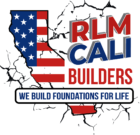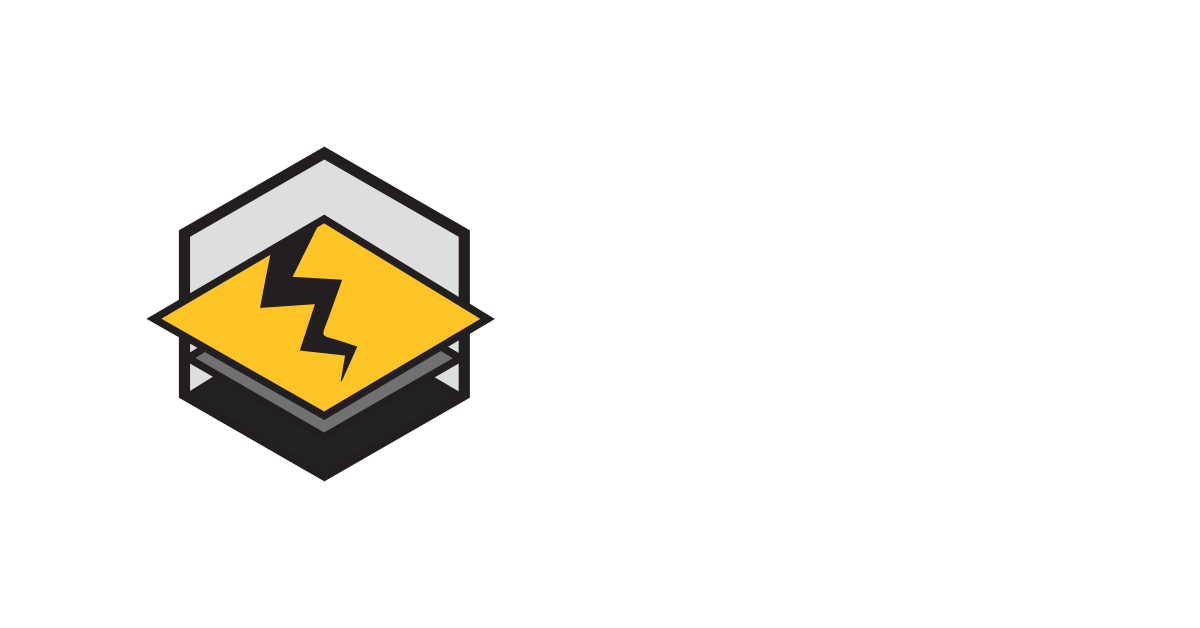Are You Guilty of Committing Any of these Foundation Drainage mistakes?
It Is Vital That There Is Drainage Around a Foundation
It is essential to have drainage around a foundation. It is of such critical significance that insufficient drainage around the foundation of your home might even endanger the building’s structural soundness. If the water that drains off of rain and snow is not routed far enough away from your house, it could cause the soil to get saturated and cause the foundation to become unstable.
When compared to the process of repairing a broken foundation, installing a good drainage system is not only simpler but also less expensive. To have an effective drainage system, there must be sufficient drains of the appropriate size, and they must also undergo routine maintenance checks.
Mistakes That Often Occur With Foundation Drainage
The following are examples of common foundation drainage mistakes:
Putting a drain at an improper location in relation to your foundation. At the very least, water should drain away from your home’s foundation by six feet. If runoff from rain or snow is dumped close to your house, it will eventually cause the foundation to become unstable because it will saturate the soil.
When subterranean utility lines are not taken into consideration. You will need to find and mark all buried utility lines before you begin excavating for your drainage system before you can get started (water, electricity, gas). If you don’t, you run the risk of hitting one, which will put you in a lot of trouble in the form of fines and the cost to repair the damage. It goes without saying that colliding with a utility line might also put your life in jeopardy, but just in case:
Calling the Call811 hotline in the United States will provide you with information regarding the location of any buried utility lines on your property. This is a free service that is provided all across the country. They will come out and mark your buried utility lines with flags or paint, depending on which you choose.
failing to ensure that drainage pipes slope in a downward direction. Water won’t be able to flow away from your house as easily if any portion of the pipe doesn’t slope downhill or if it has sharp curves in it.
PVC pipe that is smooth and has holes in it should not be used. Some varieties of drain pipes have a corrugated outside with slots cut into it. However, because it is not simple to snake a corrugated pipe, this sort of pipe can rapidly become clogged, and it is difficult to remove obstructions once they have formed.
failing to check that the drainage pipe’s openings point in a downward direction. Your objective is to divert water away from the foundation while simultaneously maintaining as low a water level as you can while this process is taking place.
Rather than using clear stone as drainage rock in your French drain, you should use base stone instead. French drains are long ditches that are generally shallow and have a perforated pipe on top of which drainage rock is placed. It is not necessary for a French drain to be located near a foundation in order to fulfill its function of transporting water away from an area of concern and depositing it elsewhere.
Base stone and clear stone are the two kinds of rocks that are used in drainage. The base stone hasn’t been cleaned, so it still has traces of dust and debris from the quarry. These particles have the potential to clog the perforations in the pipe if they are allowed to enter. The stone that is transparent has been washed and does not contain these little particles anymore. When constructing your French drain, you should always utilize clear stone.
The foundation of your house is, without a shadow of a doubt, the single most crucial aspect of it. In point of fact, it is not an exaggeration to assert that the soundness of your home’s foundation is directly proportional to the structural integrity of your home. Drainage issues close to your home’s foundation might not appear to be anything more than a trifling concern at first glance, but this perception couldn’t be further from the truth. If drainage issues aren’t addressed in a timely manner, they can cause significant structural damage. As a result, it is well worth your time to ensure that the drainage system in your home is operating correctly and diverting water away from the base of your building. If you have any reason to believe that there may be a problem with the drainage surrounding the foundation of your home, you should schedule an examination with a structural engineer or an expert from RLM Retrofit Foundation. Having a Foundation Inspection Near Me Los Angeles is very crucial.
A Quick and Easy Guide to House Leveling Los Angeles
Find Out How To Keep Water From Collecting Around Your Foundation Los Angeles










